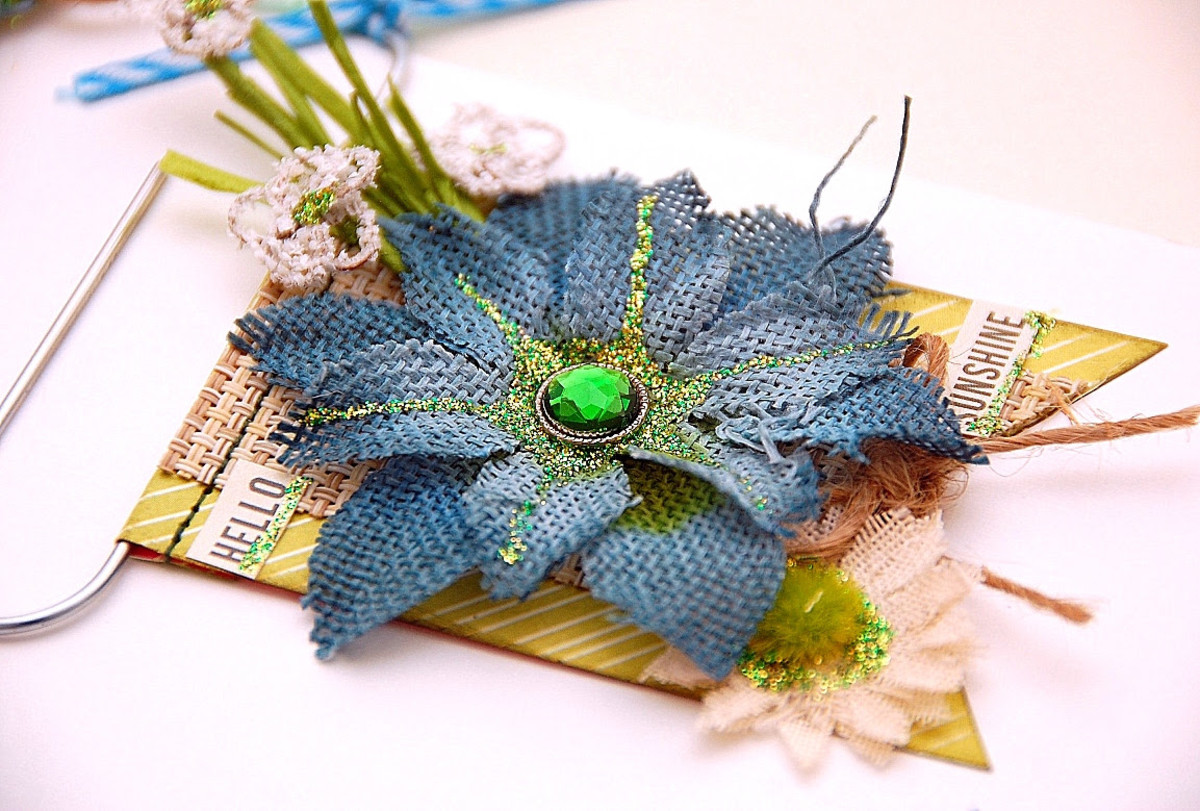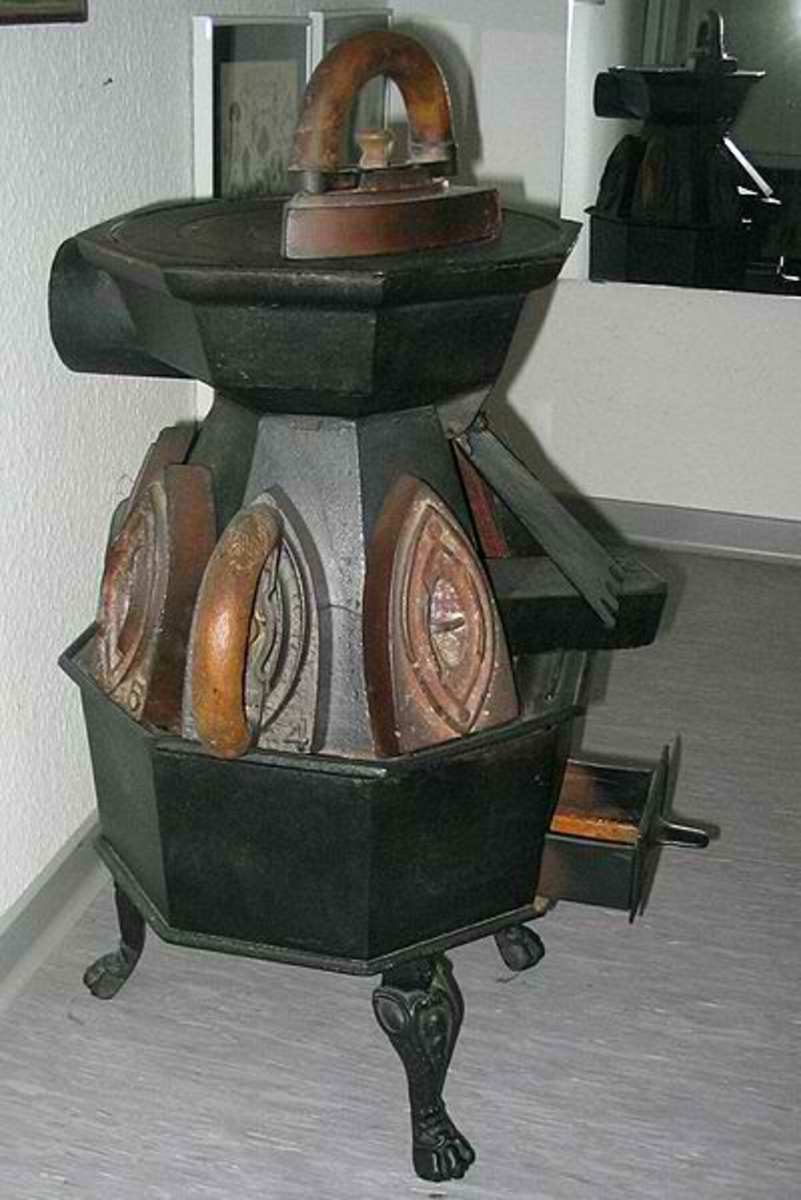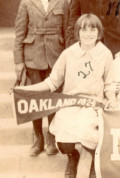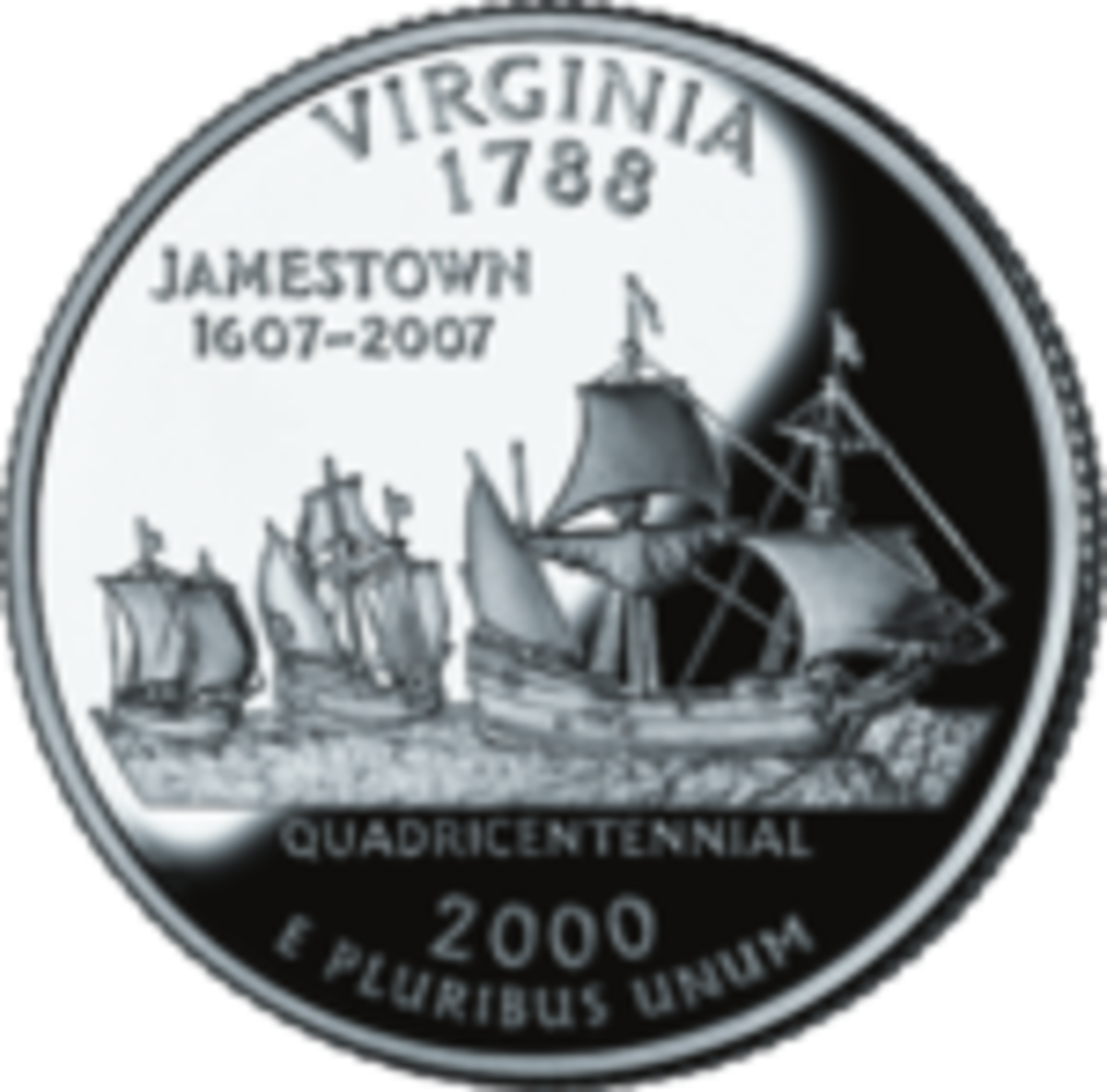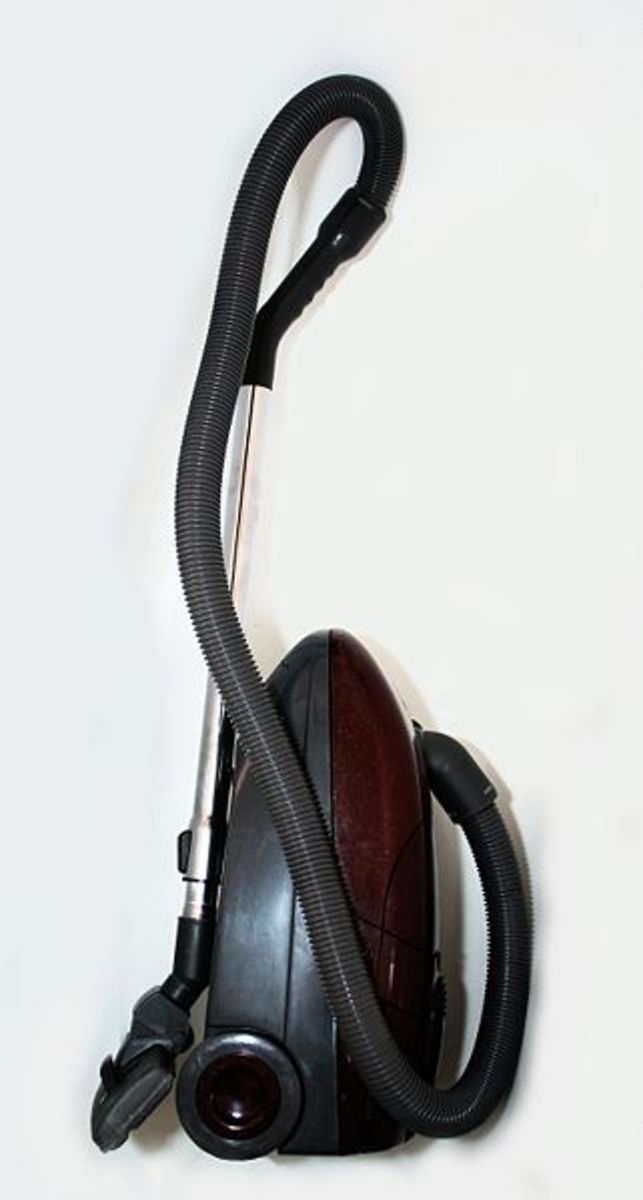The Uncommon History of The Common Paper Clip
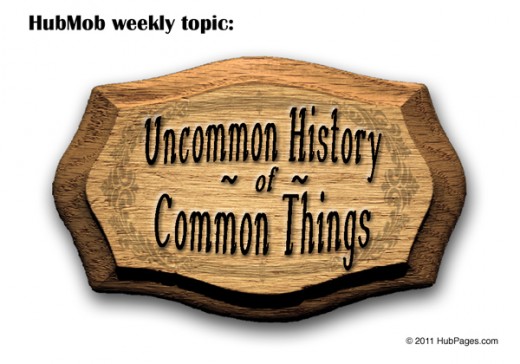
The Idea Behind The Paper Clip
The paper clip is a common office supply item that all students, teachers, office workers and people, in general, are familiar with. Anyone working with paper seems to need a paper clip to hold them together so they don't get lost or out of order.
Believe it or not, the idea behind fastening papers together to keep them in order has been around since the 13th Century! Prior to the paper clip's existence, people used to make small holes on the top corner of the papers and tie a ribbon through the slit to keep them together. This method of "ribboning" the papers together continued for the next 600 years.
Later on, straight pins that were designed for a different purpose were used to hold papers together. The straight pin itself was invented by John Ireland Howe, a New York physician when he built a machine that would mass produce them.
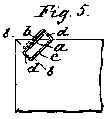
In 1899, Johan Vaaler, a Norwegian with degrees in electronics, mathematics, and science, invented the first clip that was created specifically to fasten paper. He received a German patent for his design which read, "It consists of forming same of a spring material, such as a piece of wire, that is bent to a rectangular, triangular, or otherwise shaped hoop, the end parts of which wire piece from members or tongues lying side by side in contrary directions." In 1901, Vaaler received an American patent for his invention.
A Little Controversy
Some people argue, however, that the first bent-wire paper fastener was patented by Samuel Fay in 1867. Fay's initial clip was intended to attach tickets to fabrics rather than fasten papers together. Since Samuel Fay's design didn't resemble today's paper clip and looked more like a straight pin, his invention was not recognized as the precursor to the what we know today as the GEM clip.
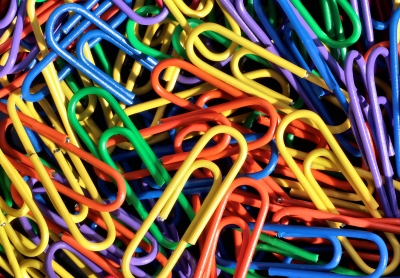
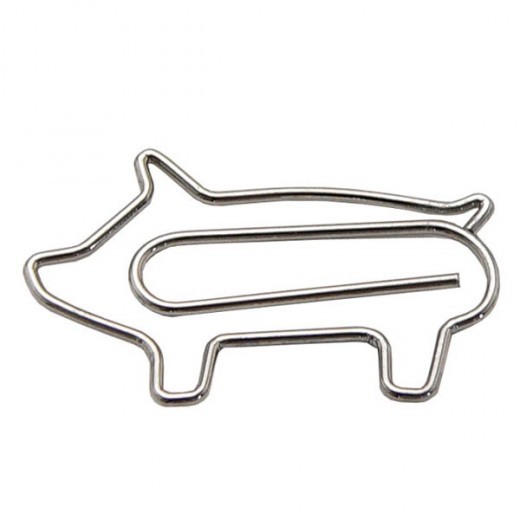
The Familiar Oval Hoops
It was, however, the British company, GEM Manufacturing, Ltd. that designed the double-oval shaped hoop that we know of today. To this day, the paper clip that we are so familiar with is still referred to as the GEM clip.
A gentleman named William Middlebrook, from Connecticut, invented the first mass producing paper clip machine and got that patented in 1899. The GEM paper clip itself has never been patented. Soon after Middlebrook's patent was granted, he sold the idea to Cushman and Denison, the company that trademarked the name, "GEM" to represent the little clip we know of today.
Today, there are a variety of paper clips that are mass produced around the world. They have taken on new characteristics, such as the "non-skid" kind, as well as many new shapes and sizes. They all, however, contain the idea behind the bent, looped wire that allows the pages to stay fastened together. People, today, tend to find creative uses for paper clips in today's world, including holding a hem in place for sewing, rebooting or restarting electronics (unbending the paper clip and sticking it into a small hole), and holding pants on when buttons are missing.
Nobody, since 1899, has come up with a better way to fasten a stack of papers together. The famous GEM clips and their classic oval loops are still used in the 21st Century to hold papers together without taking up much space.


